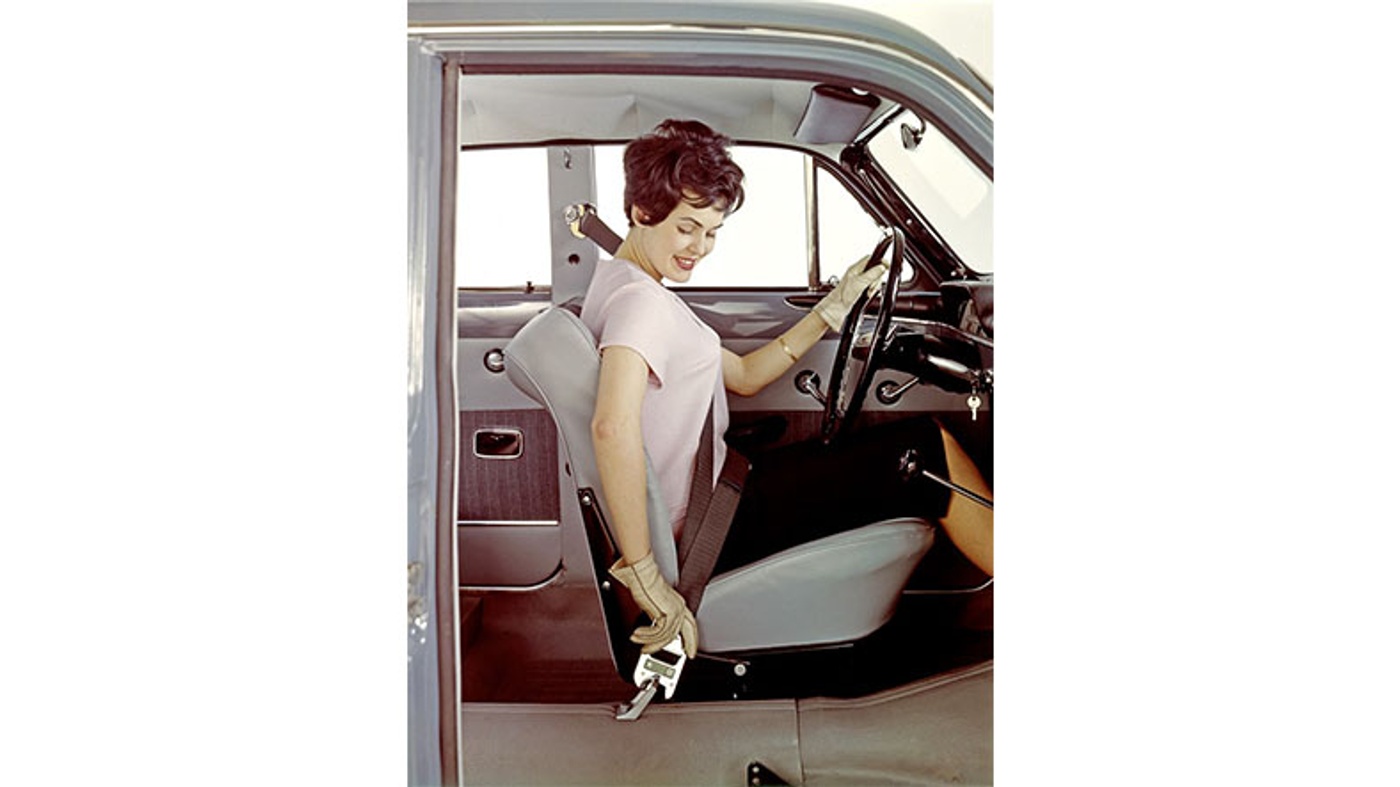Developed by Volvo’s engineer Nils Bohlin, the three-point seat belt is considered a turning point in automobile safety. First introduced in 1959, this system significantly reduced injuries and deaths in car accidents. The Sweden-based car manufacturer not only provided a safety device but also initiated a transformation in the automotive industry.
Initial Reactions from Car Manufacturers to the Seat Belt

Initially, many car manufacturers were skeptical about the seat belt idea. Due to cost and feasibility concerns, many companies rejected this idea. However, Volvo saw the potential in Bohlin’s design and moved it into mass production. The three-point seat belt had a structure that securely fastened the user from the shoulder to the hip, providing much more protection than previous models.
Volvo’s Innovative Approach and Its Impact on the Industry

Volvo’s innovation served as an inspiration for other car manufacturers. The company decided to openly share the patent rights for the invention. This encouraged other manufacturers to adopt this vital safety technology and helped the seat belt become a general standard in the automotive industry. By the 1960s, the seat belt was recognized as a mandatory safety feature in many countries.
The Importance of the Three-Point Seat Belt Today

Today, it is unthinkable to have a car without a three-point seat belt. This system continues to provide maximum safety during travel and plays a critical role in preventing deaths and serious injuries in car accidents. Volvo’s pioneering work is recognized as a groundbreaking innovation in automotive safety and has secured its place in history books.
Source: Volvo, Transfinder


